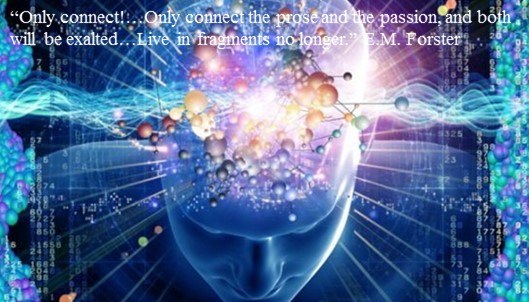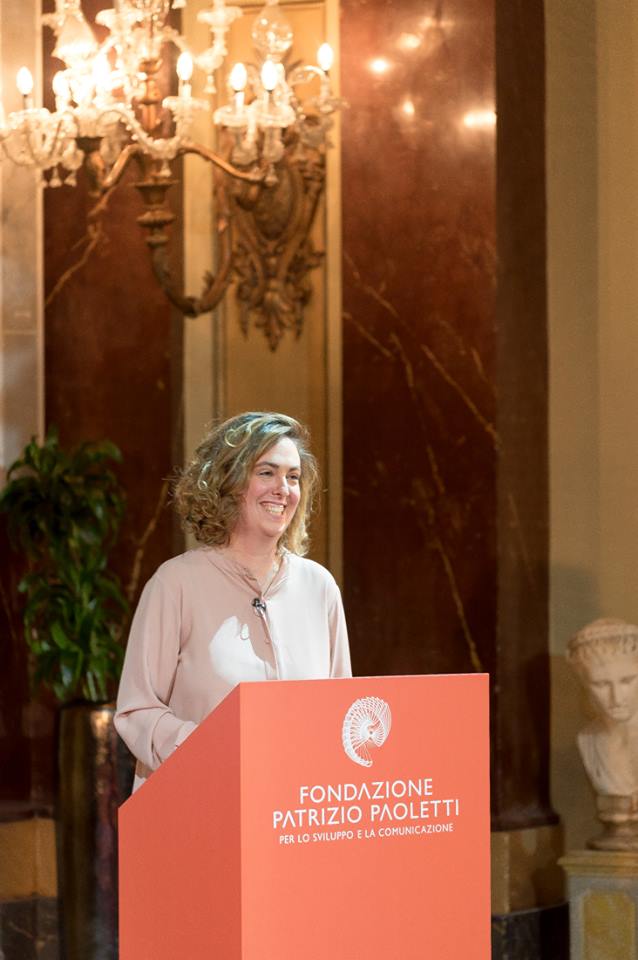Logic in the Brain Director of the Neuroscientific Research Unit, Research Institute for Neuroscience, Education and Didactics
Recent advances in fuzzy and paraconsistent logic confirm the complexity of the human brain. However, are we only logical beings? In addition, what role do emotions play in rational processes? And how does stress effect moral decision making? In the current tutorial, we will address these questions, taking into consideration recent studies in cognitive, affective and contemplative neuroscience and psychology of logic, focusing on decision-making, morality and free will and their underlying neuronal mechanisms. Everybody who is interested in these questions is welcome to join, and there are no specific prerequisites. The tutorial will be divided into three sessions, as a metaphor for the journey between the current state of man and the state he may achieve.
I. The bio-logic nature of ‘paraconsistency’ of man
Although there are contradictions inside our brain, it contains them, also through the mind’s interpreter (Marinsek, Turner, Gazzaniga, & Miller, 2014; Wolford, Miller, & Gazzaniga, 2000). In fact, humans are a three brain being (MacLean, 1990; Paoletti, 2008). We have all experienced that emotions can interfere with reason and decision-making, and that different thoughts can simultaneously co-exist. An additional challenge is that we are capable of having many feelings at once. Logical and rational thinking requires that we pay attention, but that is hard to do if we feel threatened. Thus, we may have trouble paying attention to an abstract problem when our amygdala is sending danger signals to our logical brain. Logic and its pleasures can also suddenly seem inconsequential when we see an attractive person. The issue here is competition between different brain areas. Different sensory signals physically compete for attention in the brain, and those that are the strongest win out (Zull, 2004). Seven features must be kept in mind when discovering the niceties of medieval logic, many of them closely connected: the exegetical dimension of medieval logic — a feature shared with medieval thought as a whole; the wide range of fields included in what was called “logic” by then (epistemology, philosophy of language, semantics, philosophy of science, etc.) and the strong connection to sister disciplines (rhetoric, grammar, metaphysic); the non-formality of medieval logic, even in its “formal” aspects; the philosophical and scientific orientation of logic as both an instrument for knowledge and a part of philosophy; the non-distinction between logic and philosophy of logic; the disputational approach to logic as a theory and a practice (the latter is also true of medieval university in general); last but not least, the major social and pedagogical role played by logic, before the rise of mathematics as a new standard in educational systems and sciences. This last aspect probably explains the existence of a fairly stable logical culture in the Middle Ages and pre-modern period.
II. The Sphere Model of Consciousness
The Sphere Model of Consciousness (Paoletti, 2011) suggests three axes of human experience, pointing towards the center of the sphere as the locus of human psychological development. Based on the Sphere Model, the consciousness state space has been formulated, suggesting a unifying neuroscientific model for consciousness and self (Berkovich-Ohana & Glicksohn, 2014). In this session, we will discuss the characteristics of being in the Logos in different traditions and their possible neuronal correlates. In addition, examples of reaching similar states of being will be compared and discussed. |
III. Uniting the fragmented mind: it is logical to train
Recent neuroscientific studies have confirmed that our brain is fragmented, and that increased neuronal synchronization can aid in enhancing internal integrity. Increased neuronal synchronization is related to increased cognitive flexibility, reflectivity and attention. Several brain-based integrity scales have been developed to measure state of consciousness, and were found to be connected to moral judgments. These results will be shortly discussed in connection to models of Deontic logic. Importantly, additional research consistently demonstrate that neuronal synchronization, cognition and consciousness can be elicited by training such as mindfulness, meditation and the Quadrato Motor Training (Paoletti, Glicksohn, & Ben-Soussan, 2017; Ben-Soussan, Glicksohn, & Berkovich-Ohana, 2015). These results and others suggest that training can greatly help in moral problem solving and creativity. Bibliography
Back to the 6th Universal Logic School ! | ||||

